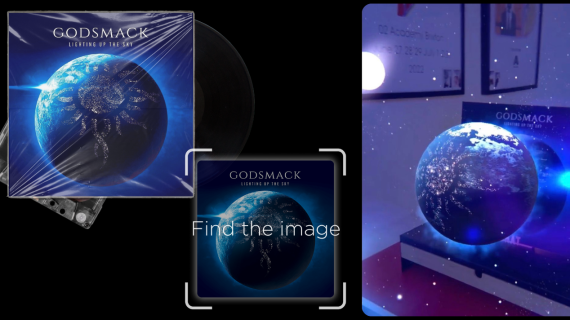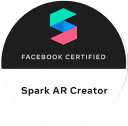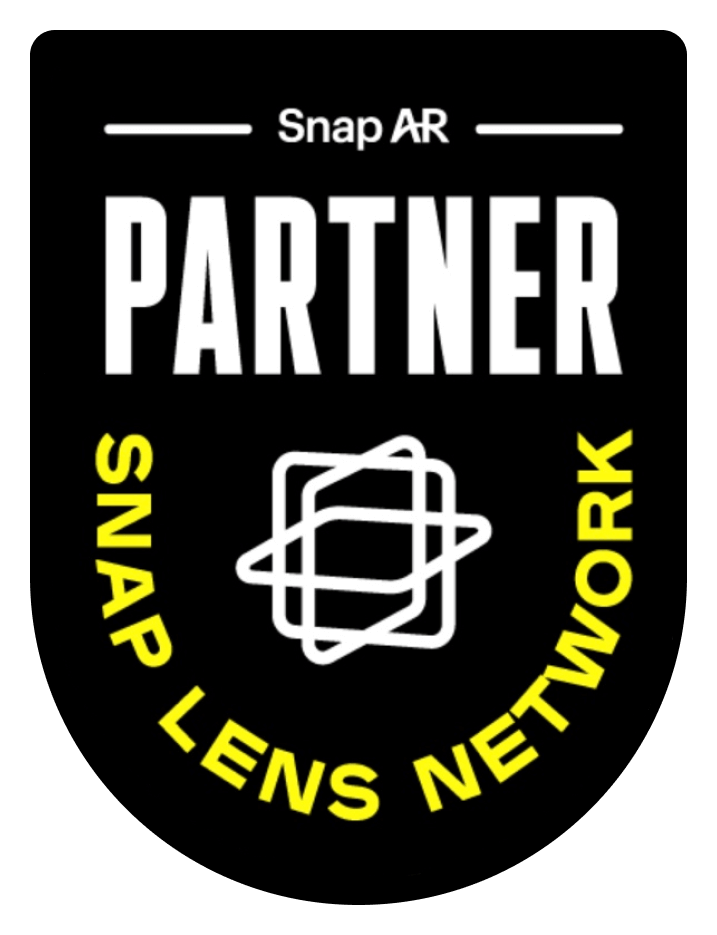
Augmented Reality for Packaging 2024
In an era where differentiation in the marketplace is more critical than ever, augmented reality (AR) packaging emerges as a beacon of innovation, heralded by industry forecasts as a pivotal trend for 2024. This transformative technology marries the tactile nature of traditional packaging with the boundless possibilities of digital content, offering brands a novel approach to engage consumers on an unprecedented level.
AR technology offers a unique blend of digital and physical worlds, providing an immersive experience beyond traditional marketing strategies. As we move into 2024, platforms like TikTok, Snapchat, and Instagram are at the forefront of this revolution, offering brands new avenues to connect with their audiences.
Whether it’s through storytelling, interactive experiences, or seamless social sharing, AR packaging is poised to redefine the way brands leverage their social networks for consumer engagement.
The Mood of Big Trio
- Instagram’s Filters: stylish and engaging. Perfect for all ages, especially if you love sharing polished, creative photos and videos.
- Snapchat Lenses: this is a playful way for making your chats and stories extra lively! Perfect for younger folks or anyone who enjoys a good giggle with their snaps.
- TikTok Effects: these are the places where AR effects often start trends and challenges, making them super popular and fun to share. TikTok effects are perfect for those who love being part of the latest viral sensation.
How AR Enhances Packaging
Augmented Reality can add 3D content directly onto product packaging via a smartphone camera, telling a story in a compelling manner, offering digital incentives, revealing detailed product insights, or suggesting additional items for purchase. The magic begins when a customer scans the packaging—be it through a QR code or a direct link on social media—transforming the package into an interactive canvas. Short videos, animations, and even 3D models spring to life, overlaying the physical box with a rich narrative.
Usage Scenarios
- People see the product on the shelf of a supermarket. There’s a QR code on the side leading directly to the filter (or linktree page) it shows a hint to point the camera at the packaging. A 3D character jumps out of the package and tells the promo-code to claim a present from the brand if they share the recorded video to stories and tag the brand’s account there.
- A music band is launching a new album soon. Marketing campaigns can include posters on the streets of cities with hidden animations and parts of the new songs. Band’s account on social media tells the fans about it and guides where to find an AR filter to see the hidden content on posters.
- Phygital clothing – the fusion of physical and digital elements is bringing fashion to a new level of aesthetics. Wearable technology offers significant value, particularly due to its ability to track. But how does it function? Currently, augmented reality (AR) in wearable tech mainly involves pointing your smartphone’s camera at a graphic print, transforming the apparel viewing experience by introducing augmented overlays. These overlays can change colors, play music, and offer various interactive experiences, showcasing the wide range of possibilities with wearable tech.
- A brand’s followers see a story on social media which tells them to find a product with interactive packaging. The stories also explain that people can find the AR filter on the brand’s page, launch it, and point the camera at the package to see the hidden message.
- A customer purchases a piece of furniture. The QR code on the package leads to an AR experience triggered by several images of parts of the furniture. There can be up to 5 or 10 images involved depending on the platform – Instagram, TikTok, or Snapchat. The filter guides the customer through an assembling process.
- From the brand’s stories and posts, followers know that there are several products with trigger images. They can scan just one of them to see beautiful visual effects around them or collect them all to see the interaction between them. There can be 3D or 2D characters appearing when an image is scanned, small games launched, etc.
Benefits of AR Packaging
The advantages of incorporating AR into the packaging are comprehensive and impactful:
- Enhanced Product Visualization: AR enables consumers to see the product in action, providing a clearer understanding of its value and application.
- Flexibility and Dynamism in Content Updating: Digital content can be refreshed regularly, keeping the brand message current without the need for new packaging.
- Opportunities for Viral Marketing: Shareable AR experiences can amplify brand visibility and attract new customers through social media engagement.
- Strengthening Brand Loyalty: By delivering memorable experiences, AR packaging encourages repeat purchases and strengthens consumer loyalty.
- Gaining a Competitive Edge: Unique and innovative packaging can significantly differentiate a brand, making its products more appealing to consumers.
In the realm of social media, target tracking is instrumental in delivering personalized AR experiences that resonate with specific audience segments. By linking AR packaging with social media platforms, brands can create targeted campaigns that foster deeper engagement and brand affinity. Successful examples include campaigns that have leveraged AR to enhance product launches, create interactive contests, and drive participatory brand storytelling, thereby increasing customer interaction and social sharing.
To effectively implement AR in packaging, brands should:
- Clarify Objectives: Determine what the campaign aims to achieve, such as increasing engagement, boosting sales, or raising brand awareness.
- Design Engaging Content: Develop AR experiences that align with the brand’s values and appeal to its target audience, ensuring they are both engaging and memorable.
- Maximize Social Media Impact: Promote AR packaging features through social media to encourage sharing and interaction, extending the campaign’s reach and effectiveness.
Looking Ahead
As technology advances, AR packaging is set to become even more integrated into consumer experiences, offering greater personalization and interactivity. The potential for AR filters for packaging to revolutionize brand engagement is undeniable. Forward-thinking brands that creatively utilize AR will gain a competitive advantage in the ever-evolving marketplace.
As digital platforms like TikTok, Snapchat, and Instagram continue to dominate the social landscape, using AR in packaging offers a good opportunity to enhance customer engagement and loyalty. By implementing this technology, brands can create memorable experiences that resonate well beyond the initial purchase, setting a new standard in the retail industry.
Let us guide your project from the early blueprints to the ultimate augmented reality showcase. Your trust in our inventive technology is all that’s required.
Your Creative AR/XR Development Partner.

